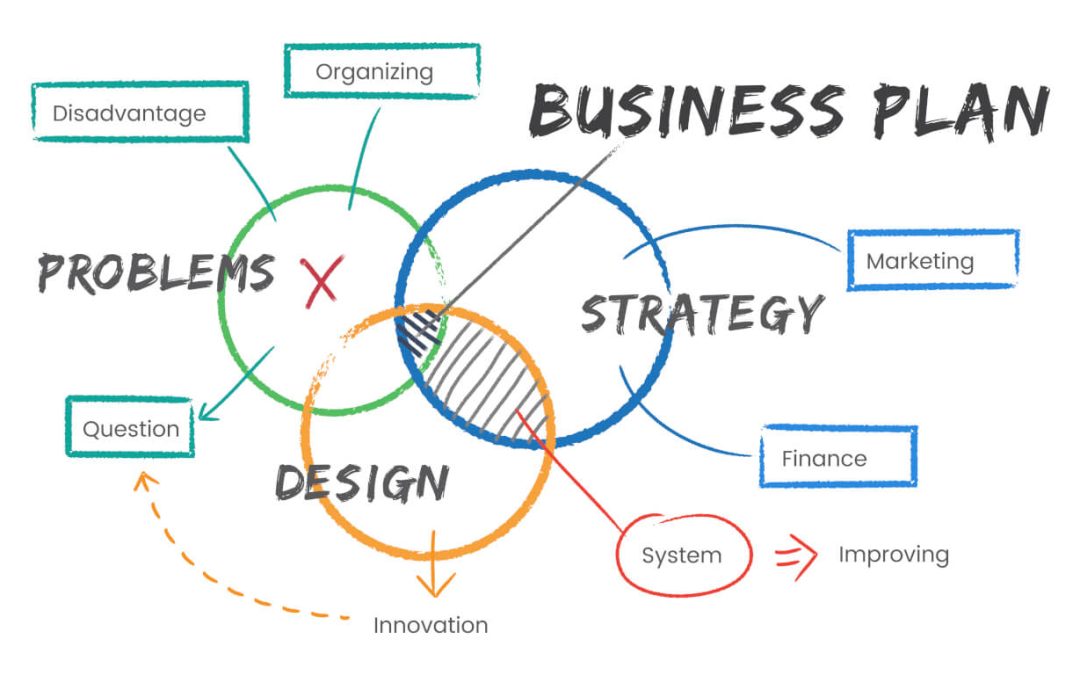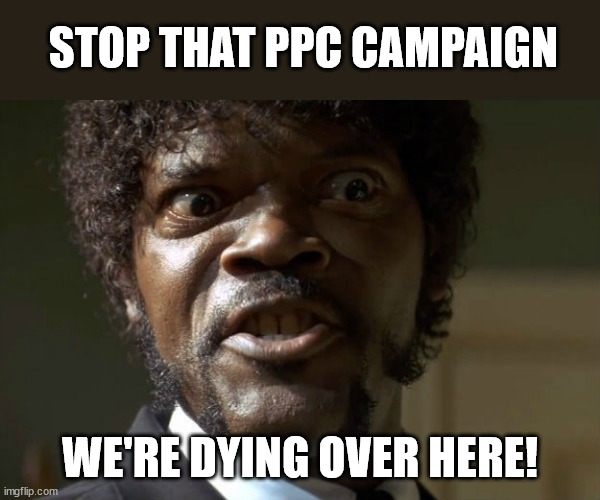Profit is part of the math you do when figuring out how to set your sales funnel. Different marketing groups/experts will use different terminology but in essence, proper setup of a sales sequence (or sales funnel if you will) starts with:
- Pitching something for nothing, only so that a person would say YES to your offer and sign up for your free PDF or whatever. This will be a way for you to collect leads, so we’ll call it a Lead Magnet.
- After signup, the user is taken to the next page, where you offer them a very cheap offer for a product that solves a very specific need. This cheap product is to get them to say YES to your monetary proposition NOW. Let’s adopt a popular label for this cheap product: a Tripwire sale.
- Once a person says YES to this cheap product, they’re taken to a new offer, much more expensive but also a lot more valuable. Let’s call it a Core Offer.
- Then if a person purchases this product, you make one final push toward an upsell deal, which maximizes your profit from that single client, so let’s call it Profit Maximizer (these labels are heavily used by Digital Marketer and the Ryan Deiss team).
The Importance Of The Lead Magnet
If you ask any successful business owner what is the key to a lasting and thriving business, they’ll tell you that it’s the ability of the business to generate/attract leads. This is why people pay thousands of dollars on rent for a great location on a busy street. The more people pass by, the greater the chance that someone will buy your stuff. If you put up a good window-shopping experience and some flashy SALE signs, you’ve turned all those passers-by into hot leads.
If you put up a Beacon (a little gadget that sends SMS to cell phones in a small radius), you’ve got them even more interested in your offer. Once you get their attention, you’ve increased your chances of selling.
Setting up a way to draw the attention and capture some private info of web surfers (like their email address, or a Facebook Like or a retweet) is a great way to build a list of prospects that you can then engage in an online conversation (with an engaging blog post, or a great video, or an email).
A proven method of building this list of prospects is to use a Lead Magnet. A Lead Magnet can be a free PDF report on something your clients will be interested in. If you’re a local car repair shop, a good Lead Magnet may be a PDF explaining how to prepare a car for the winter season… or how to prepare the car for summertime. Whatever you can spare in terms of free info can become a good Lead Magnet that people would sing up for and download it after giving up their email address.
What’s A Tripwire And How Does It Work Into A Profitable Online Business?
The goal with the tripwire is to get people saying YES to your monetary propositions. Once they become clients, it’s up to 7 times easier (cheaper) to sell to an existing client than to go after making a new client. So from the tripwire, you immediately point the now newly acquired client onto the Core Offer. This is more or less when you start making the money.
As DM Lab mostly pushes the paid ads traffic method, your Tripwire number will be somewhat determined by the cost of getting a single click/visitor. With Facebook Ads, this cost is a few cents. With Google Ads, it may be dozens of dollars. So if you run Facebook Ads, and your cost per click is said 7 cents, then your Tripwire can be let’s say $7-9. So you’d be making no money at all from the Tripwire sales… but you will be gaining clients, which is more important at this initial stage.
So if you spend $700 on Facebook ads, and pay 7 cents per click, you’d be spending $7 on advertising in order to make a single sale of $7. At best you’d break-even. But the point with the Tripwire is not to earn money. It’s to gain a client!

Core Offer – What Is It, And How Selling It Factors Into Your Profit?
In rough terms, sales pages convert at 10%. That means that 1000 visitors on your Tripwire sales page gets you some 100 Tripwire sales, and if you then take these 100 clients and offer them another product in let’s say a day or two, only a few would buy from you again. You can count on making some 40 sales of the Core Offer, which is usually priced around the $50 area. So that’s $2k pure profit. (Remember that those $700 spent on ads is already covered with the sales of the Tripwire.)
But, if once a client makes a purchase of the Tripwire, and you immediately take them to another, Core Offer, some 40 people would buy it. We’re talking about the same product, the same sales page. The only change is that you take them to the Core Offer page immediately after they’ve made the Tripwire purchase. If your Core Offer is priced say $50, and you’ve just made $2.000 in extra sales. The Core Offer is the product that solves the biggest part of a problem and gets you the biggest chunk of the profit.
Maximizing Profit with Profit Maximizer Offers
The next step up after a client has purchased a Tripwire and a Core Offer is offering the Profit Maximizer deal. On average, out of those 40 Core Offer clients, about 10 would purchase your Profit Maximizer, which can be $100+. So that’s another $1.000 in sales funnel.
Profit Maximizers can be something you don’t offer to everybody, and you don’t always offer. It can be a one-on-one training session, or phone consultation, or personal training… or any other thing that goes well with the sequence of Tripwire and Core Offer. Think of a Profit Maximizer as a good bottle of wine that the waiter offers right after you make your pick on the main dish (core offer), right after you’ve ordered the salad (tripwire).
“Would you want some fries with that” and the “Wanna piggy-size this” are good daily cases of profit maximizers. We run into them every day and yet if you don’t put your mind to it, you’ll bite the marketing and never realize that it’s all by design.

Image Source: DigitalMarketer
So How Would The Math Work Out?
The numbers game will always vary on what your audience is, what you sell, and how good of a sales page you have. But just as an illustration, let’s keep the numbers I threw out there a minute ago:
- $700 initial investment in Facebook Ads (might very well be Google, Bing, Pinterest ads, etc.)
- $700 sales on the Tripwire level
- $2.000 sales on the Core Offer level
- $1.000 sales on the Profit Maximizer level
The dollar summary is that you took $700, placed them on Facebook ads, which generated about $3700 in the sales funnel. The profit then is $3000. And this can be $3000/day, easily.
As I mentioned, these numbers really depend on what you sell, who you sell it to, and what sort of problems is your product selling. And of course, how unique your product is, will also have a serious impact on your pricing. Hard-to-find solutions to very painful problems tend to sell at higher prices. Solving somebody’s employment problem, offering a system of getting out of student debt, getting rid of the mortgage, etc… will tend to sell higher. Helping a nerd to get a date can go even higher as it is going after an emotional need.
Golf courses are another good case of people wanting to satisfy a desire (not need, not fear, not an issue of security, just plain old’ passion for sport). Golf course video sets can range from a few hundred bucks up to thousands of dollars of the Core Offer, and a good deal of Core Offer buyers would even sign up for a 6-month private training at a 5-figure price. On the other hand, if you sell stuff like “how to do your nails at home” stuff won’t sell at higher prices, but you can make it up in volume.
That’s the beauty of an online business. You set things up once, you build the product once, and then you have a pretty straightforward mechanism that multiplies your investment by a factor of X… provided, of course, that you don’t do something stupid and get your advertising account at Facebook banned. But that’s a different story for another blog post.






